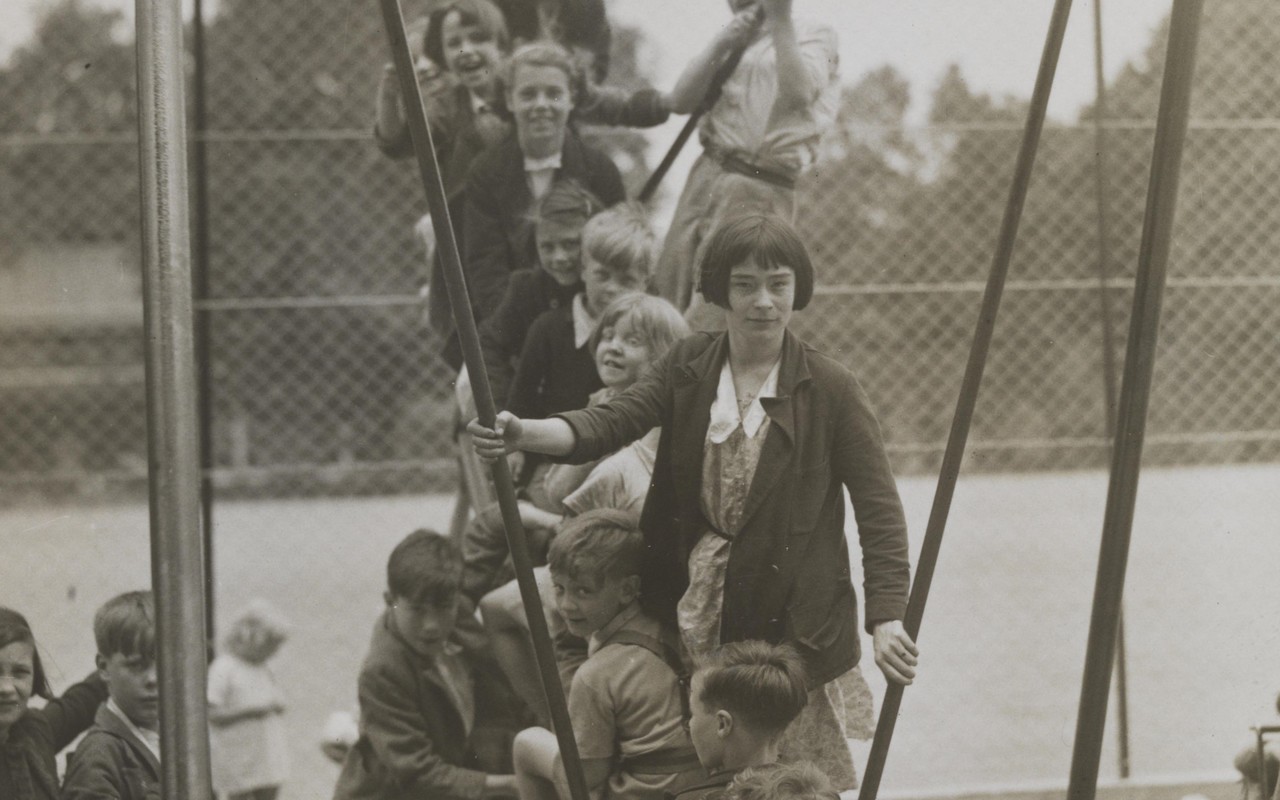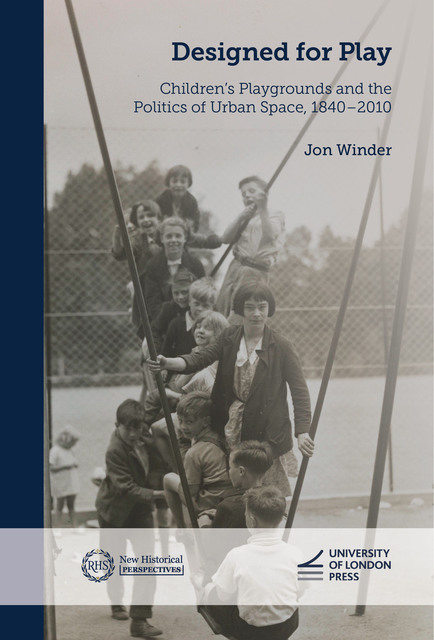Skip to main content
Designed for Play
Children’s Playgrounds and the Politics of Urban Space, 1840–2010
Jon WinderAuthor
An original and accessible history of the modern playground in Britain and beyond. Charting its journey from marginal obscurity to popular ubiquity, Designed for Play demonstrates how a diverse set of actors across the philanthropic, voluntary, state and commercial sectors all sought to reimagine and reshape the urban landscape to improve childhood outcomes.
Cover image: Children Playing at the Foundlings Site Playing Fields by Marshall, 1936 © Daily Herald Archive / Science Museum Group

Contents
Metadata
- isbn9781914477683
- issn3049-5105
- publisherUniversity of London
- publisher placeLondon
- restrictions
- rights© Jon Winder 2024
- rights holderJon Winder
- rights territoryWorld
- series titleNew Historical Perspectives
- doi


